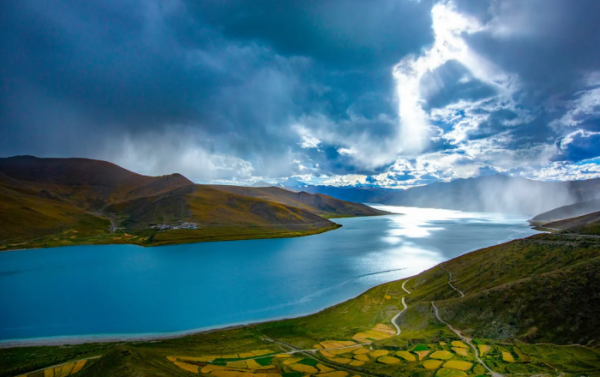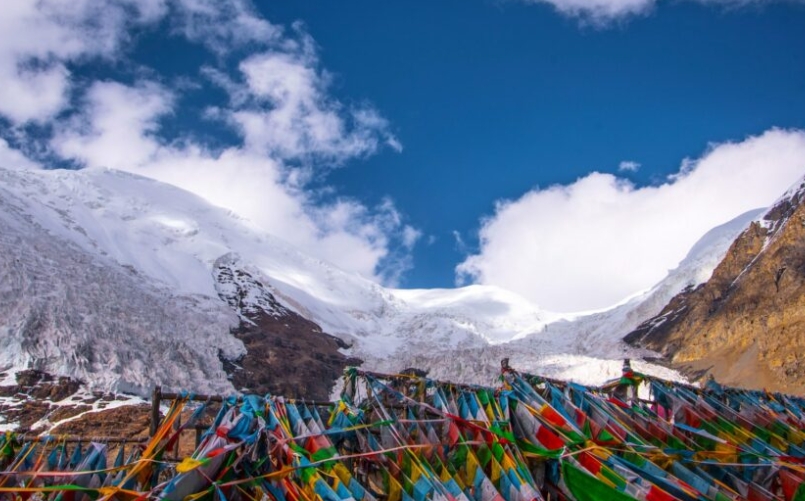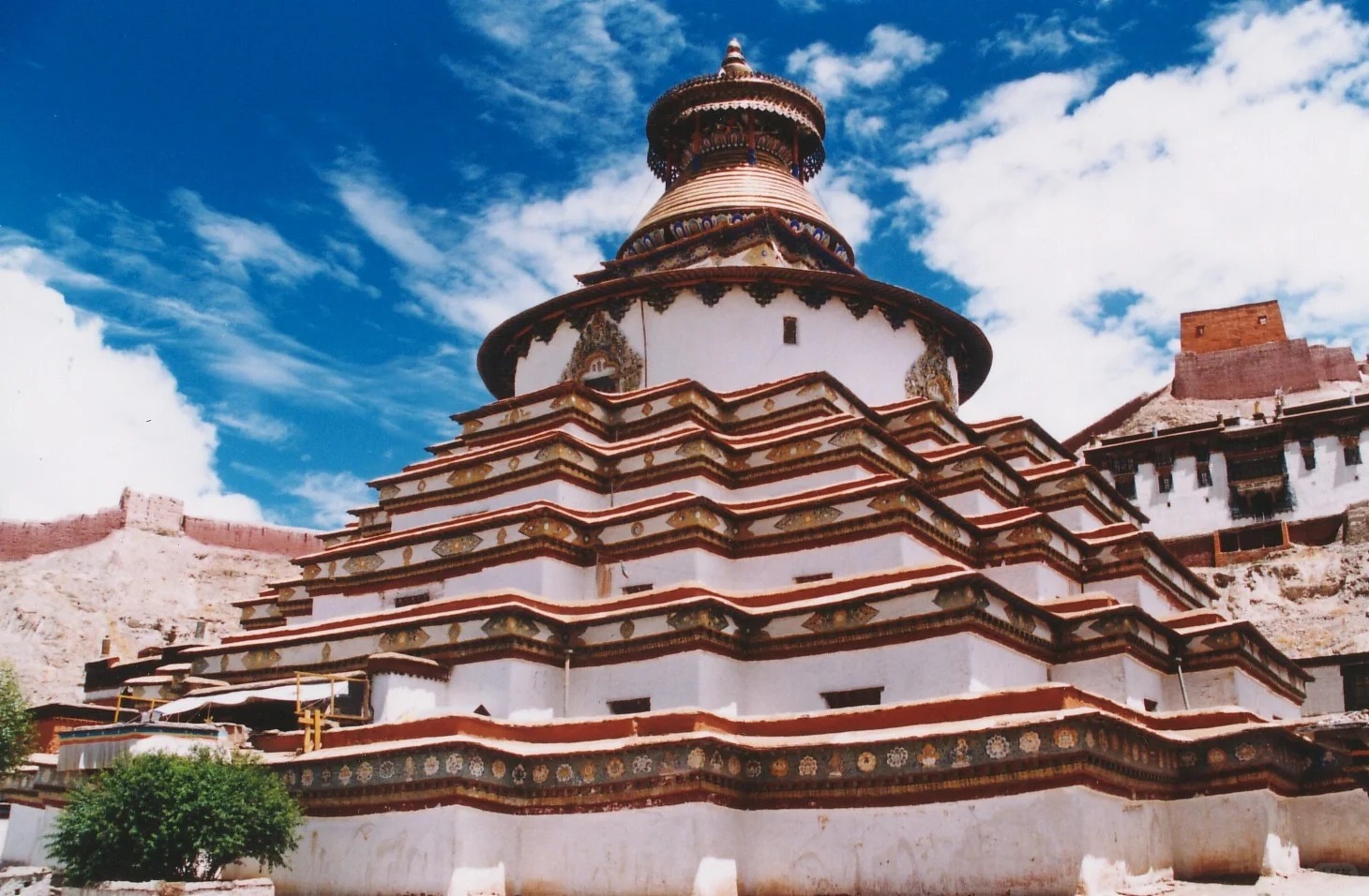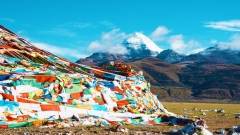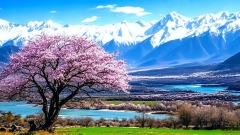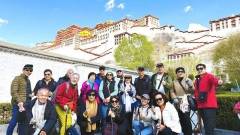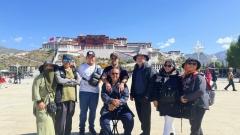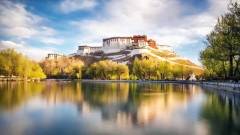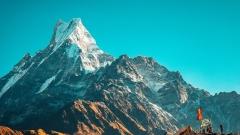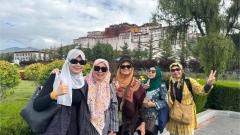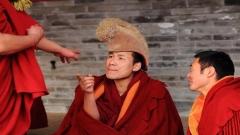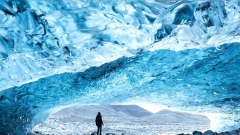Few places on Earth offer road trips as breathtaking as Tibet. Winding through snow-capped peaks, turquoise lakes, and timeless monasteries, the highways across this vast plateau are journeys of a lifetime. From the legendary G318 National Highway connecting Sichuan to Lhasa, to the wild and remote G219 Road along the western border, each route reveals a different face of the “Roof of the World.”
If you’ve ever dreamed of driving across endless horizons under prayer-flag skies, Tibet’s highways are calling.
1. G318 National Highway – The Most Scenic Road to Lhasa
Known as the “Sky Road to Tibet,” the G318 National Highway stretches from Shanghai to Lhasa, covering more than 5,400 kilometers. The most popular and scenic section lies between Chengdu and Lhasa, often called the “Sichuan–Tibet Highway.”
This route offers an incredible variety of landscapes—lush valleys, raging rivers, snow peaks, and yak-dotted meadows. Highlights along the journey include:
-
Kangding and Xinduqiao: Known as “the paradise for photographers,” Xinduqiao is famous for its pastoral scenery and golden light.
-
Litang and Batang: High-altitude towns rich in Tibetan culture, monasteries, and grasslands.
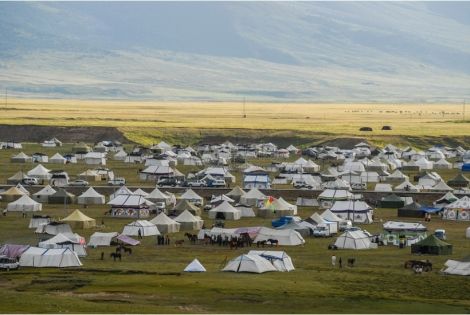
Litang
-
Nyingchi: Often compared to Switzerland, this area bursts into color each spring with peach blossoms, while snow peaks of Namcha Barwa tower in the background.
For many travelers, G318 isn’t just a road—it’s a spiritual journey through the heart of the Himalayas.
2. G219 National Highway – The Wild Western Frontier
If G318 is known for beauty, G219 is known for adventure. Stretching from Xinjiang to Tibet, this highway is China’s highest and most remote national road, running for over 10,000 kilometers through the wildest parts of the Tibetan Plateau.
The most dramatic section is from Ali (Ngari Prefecture) to Zanda, where travelers pass sacred sites such as:
-
Mount Kailash: Revered by Buddhists, Hindus, and Bon followers, this is one of the world’s holiest mountains.
-
Lake Manasarovar: A stunning turquoise lake believed to purify the soul.
-
Zanda Clay Forest: A surreal landscape of eroded canyons and ancient ruins.
Driving the G219 is not for the faint-hearted—it’s remote, high, and often challenging—but for adventurers, it’s the ultimate road trip, offering silence, stars, and raw natural beauty unlike anywhere else on Earth.
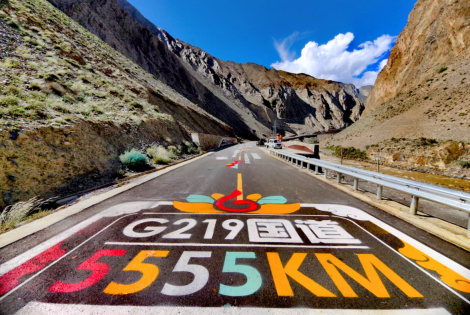
3. The Lhasa–Shigatse Expressway (G318 Extension)
Connecting Lhasa and Shigatse, Tibet’s second-largest city, this modern highway offers a smoother and faster drive while still passing through stunning Himalayan scenery.
Along the way, travelers can stop at:
-
Yamdrok Lake: One of Tibet’s three holy lakes, famous for its deep turquoise color.
-
Karola Glacier: A breathtaking glacier near the roadside, where white ice contrasts beautifully with red cliffs.
-
Gyantse and the Kumbum Stupa: A historical town with a magnificent tiered pagoda.
This section is perfect for those who want a comfortable yet scenic introduction to Tibet’s landscapes and history.
4. The Friendship Highway – From Lhasa to Nepal
The China–Nepal Friendship Highway (also part of G318) links Lhasa with Kathmandu, Nepal, crossing the high passes of the Himalayas.
Major highlights include:
-
Shigatse: Home to the grand Tashilhunpo Monastery, seat of the Panchen Lama.
-
Sakya Monastery: Known for its massive walls and invaluable scriptures.
-
Gyirong Port: The new overland gateway to Nepal, surrounded by green forests and waterfalls.
-
Everest Base Camp (EBC): A side trip from Tingri allows travelers to witness the world’s highest peak up close.
This route is ideal for travelers who wish to combine a Tibet adventure with an overland journey into Nepal—offering both cultural depth and jaw-dropping scenery.
5. Seasonal Beauty Along Tibet’s Highways
Each season transforms Tibet’s highways into a different wonderland:
-
Spring (March–May): Peach blossoms in Nyingchi and melting snow reveal fresh green valleys.
-
Summer (June–August): The best time for lush grasslands, blue skies, and vibrant local festivals.
-
Autumn (September–October): Crisp air, golden forests, and the clearest views of snow peaks.
-
Winter (November–February): Peaceful, crowd-free roads and snow-covered landscapes perfect for photography.
No matter the season, travelers will experience Tibet’s ever-changing colors and its deep spiritual stillness.
6. Self-Driving and Travel Tips
Driving through Tibet is a dream for many, but it requires careful preparation:
-
Travel Permit: Foreign travelers must book through a licensed Tibetan travel agency, such as China Dragon Travel, which arranges the Tibet Travel Permit and experienced local guides.
-
Altitude: Be prepared for altitudes above 4,000 meters; take time to acclimatize in Lhasa before long drives.
-
Road Conditions: Highways are well-paved in most regions, but weather can change rapidly.
-
Best Season: April to October offers the most comfortable temperatures and safest road conditions.
-
Photography Gear: Wide-angle lenses and polarizing filters are must-haves for capturing Tibet’s vast landscapes.
With proper planning, every turn of the road becomes a moment of awe.
7. Travel with China Dragon Travel
At China Dragon Travel, we specialize in organizing Tibet overland tours and custom self-driving itineraries across G318, G219, and other scenic routes.
Whether you want to follow the classic Sichuan–Tibet Highway, venture across western Tibet’s wild frontier, or connect Tibet with Nepal, our team ensures a safe, comfortable, and unforgettable journey.
We provide:
-
Professional Tibetan guides
-
Tibet travel permits and vehicle arrangements
-
Accommodation in trusted hotels
-
Flexible schedules and private tours
Your dream road trip through Tibet begins with us.
Conclusion
Tibet’s highways are not just roads—they are spiritual journeys across the roof of the world. From the lush valleys of Nyingchi to the stark deserts of Ngari, every kilometer tells a story of nature’s power and human devotion. Whether you travel on G318, G219, or lesser-known routes, the adventure will stay with you forever.
Let the open road guide you through Tibet’s timeless beauty.



